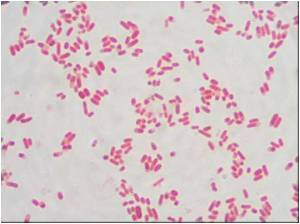
Now, the McMaster University scientists have found that resistance has been around for at least 30,000 years.
"Antibiotic resistance is seen as a current problem and the fact that antibiotics are becoming less effective because of resistance spreading in hospitals is a known fact," Gerry Wright, scientific director of the Michael G. DeGroote Institute for Infectious Disease Research and principal investigator of the study, said.
"The big question is where does all of this resistance come from?" he asked.
After years of studying bacterial DNA extracted from soil frozen in 30,000-year-old permafrost from the Yukon Territories, the researchers were able to develop methods to isolate DNA within McMaster's Ancient DNA Centre.
Using state-of-the-art molecular biological techniques, methods were developed to tease out small stretches of ancient DNA.
Advertisement
"We identified that these genes were present in the permafrost at depths consistent with the age of the other DNAs, such as the mammoth. Brian Golding of McMaster's Department of Biology showed that these were not contemporary, but formed part of the same family tree," Wright stated.
Advertisement
The findings were published in the science journal Nature.
Source-ANI












